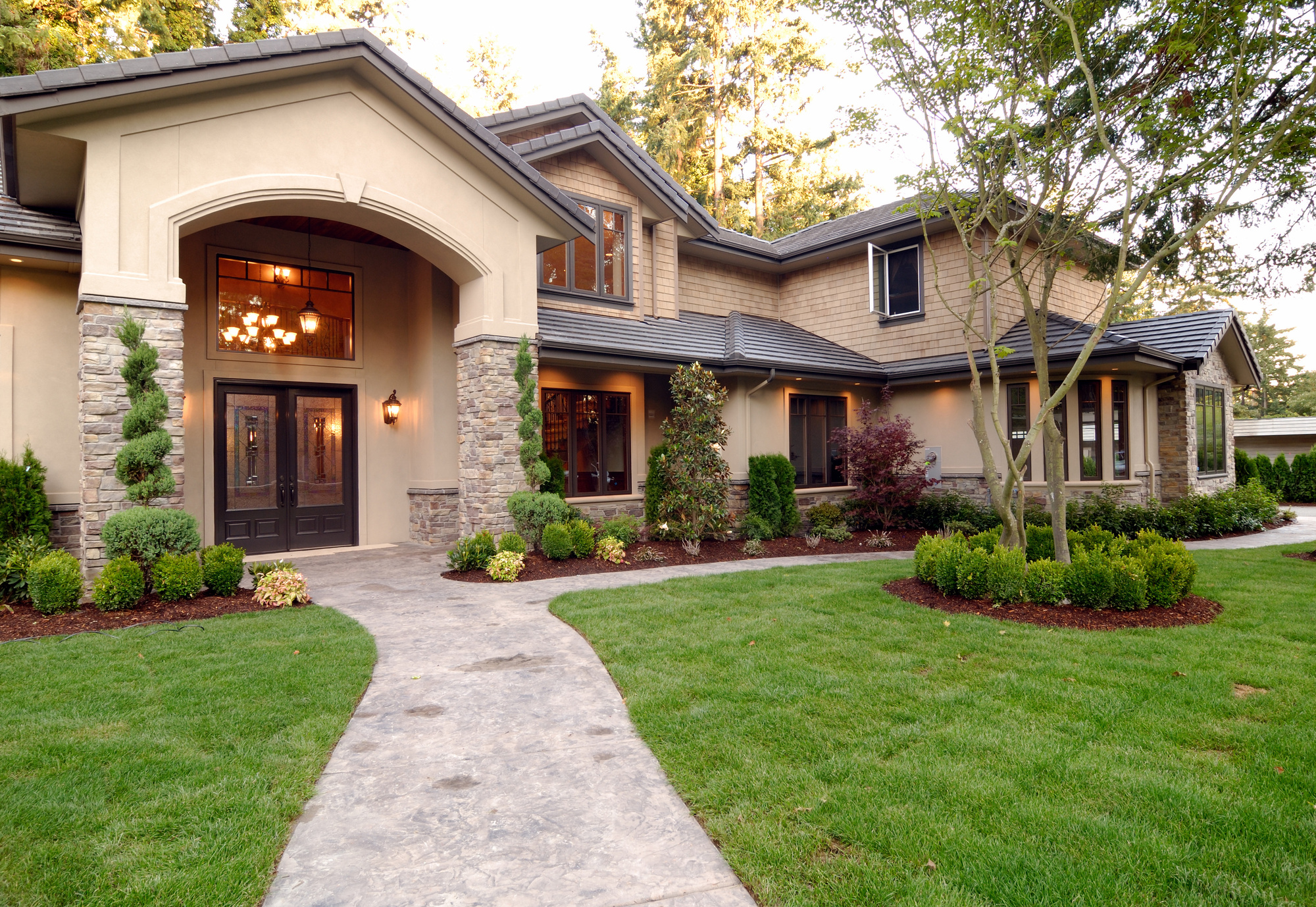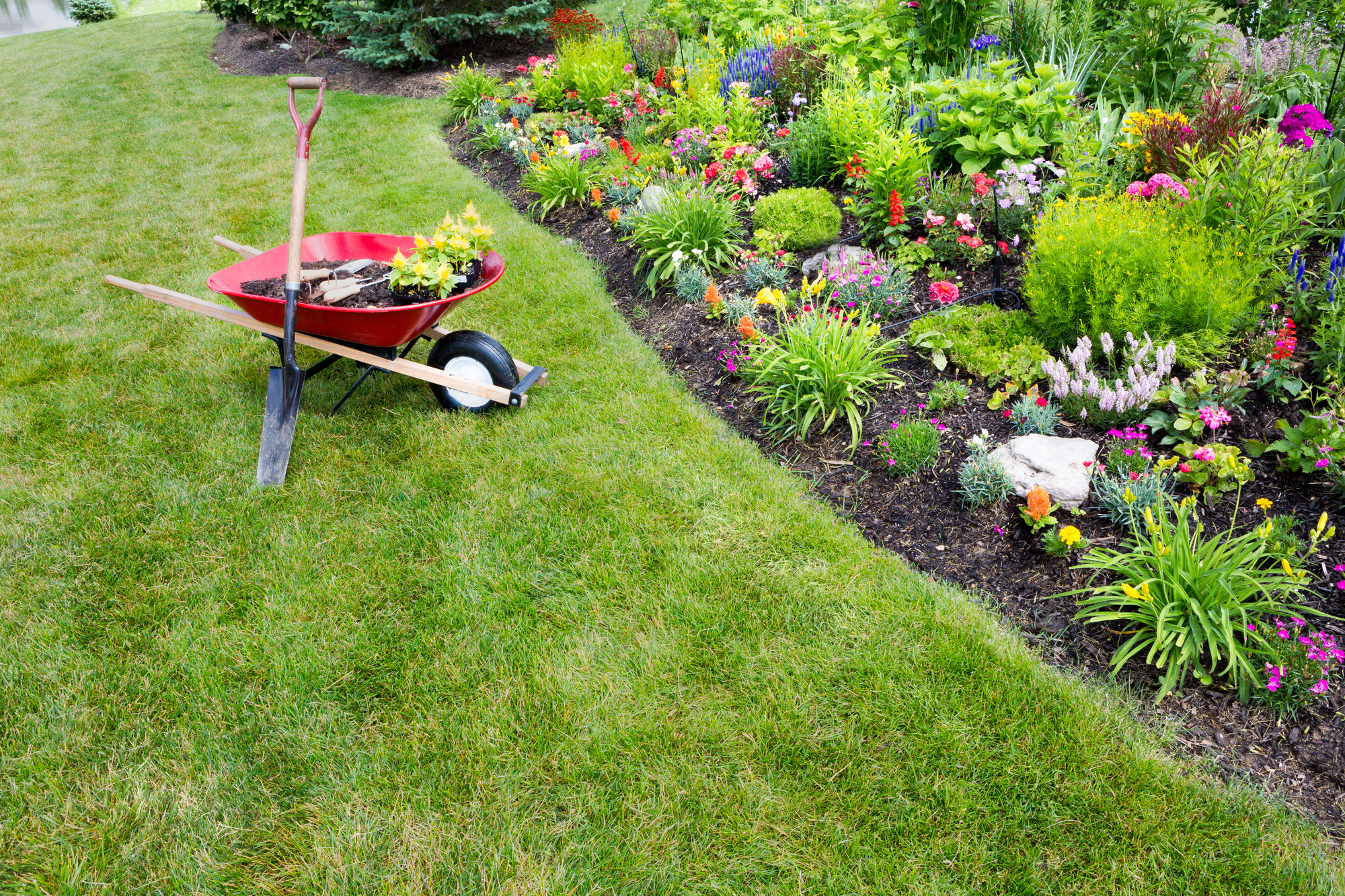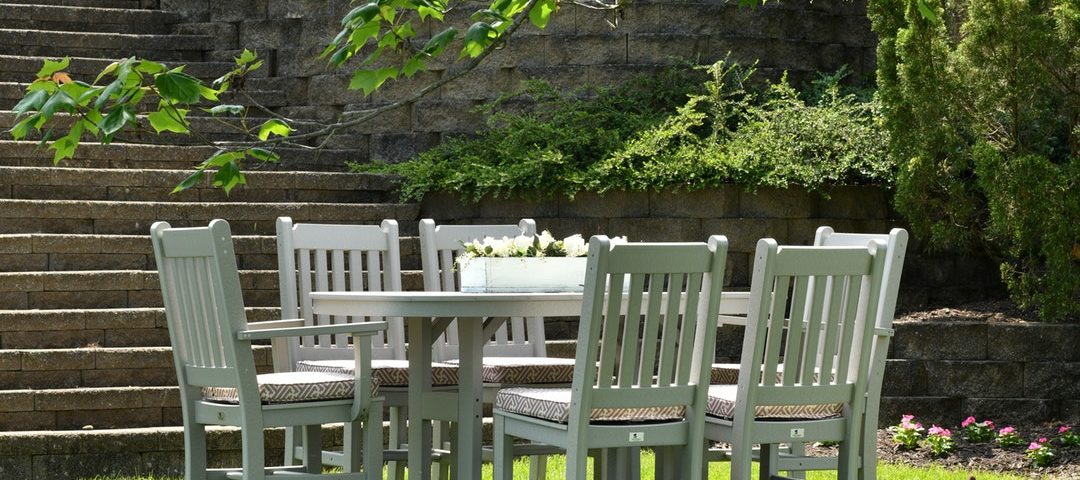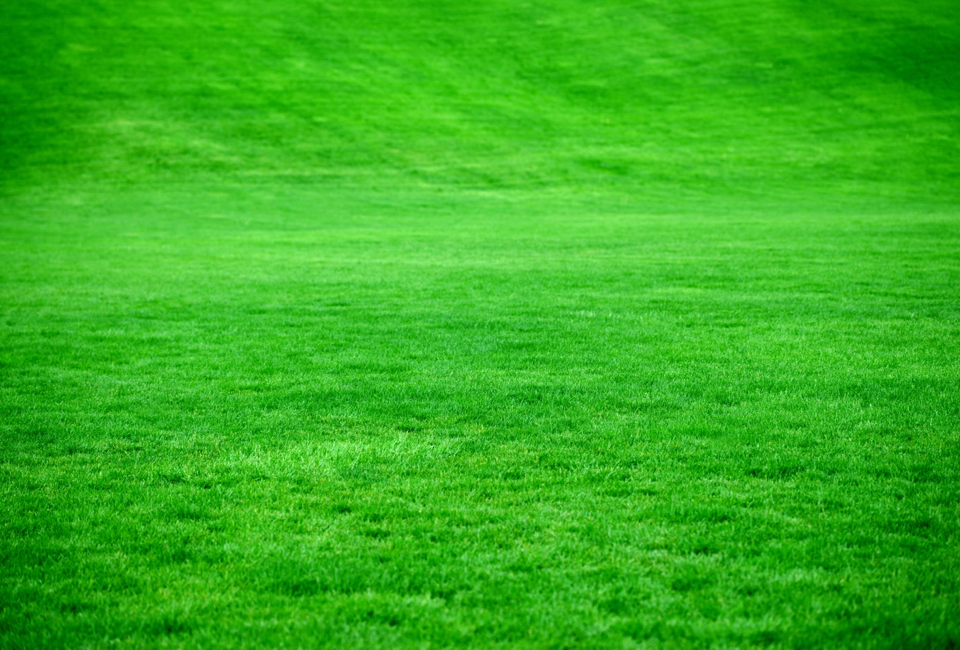
Path to Success! The Best Materials for Your Outdoor Walkway
October 19, 2018
The Top 5 Landscape Mistakes You’ll Always Regret
October 23, 2018Lawns are a crucial part of the American tradition. In the U.S., homeowners spend more than $30 billion a year taking care of their lawns, and it’s easy to see why.
Maintaining a beautifully landscaped yard can be a point of pride — it’s the backdrop of your property and a frame for your house.
But if you walk around your yard and take a good look at your lawn, what do you see? Are there any brown spots? Thin patches?
If you’re struggling with a patchy, brown lawn, it might be time to for sod replacement. Here are five sure signs that it’s time to put in new sod.
1. Dirt Spots
If your lawn is riddled with bare patches, it can be hard to keep your lawn green.
While reseeding is always an option, if you have too many bare spots or 40 percent or more of your lawn is dirt, replacing your lawn with new turf is usually a better idea.
2. Serious Disease
Signs of a serious lawn disease can include brown patches, rings, discoloration, mold, dead spots, and more. The presence of any of these diseases is a bad sign for your lawn.
Some of these issues can’t be fixed — or at least it won’t be easy to do it. Your best bet for keeping your lawn green and healthy in the future is to tear it up and try again with new sod.
3. Poor Drainage
Walk across your lawn and see how the turf responds. Does it feel too soft and spongy under your feet? This can be a sign of poor drainage.
This isn’t necessarily a sign that your lawn needs to be completely replaced, however. You can first try to aerate your lawn. Poking holes in the turf can loosen the soil, allowing water to drain better, roots to grow deeper, and oxygen to penetrate the surface.
But if aeration doesn’t work, poor drainage can seriously damage your lawn over the long term. Replacing the sod on your lawn will let you (and your grass) get a fresh start.
4. Type of Grass
Sometimes, the decision on whether or not to replace your sod can come down to a simple matter of preference. Whether you’ve had the same lawn for years or you’ve just moved into a new place, you might need new sod for a simple reason: you don’t like it.
Certain types of grass take more maintenance than others, and some may be more prone to illness, dirt spots, and discoloration. Replacing sod is an easy way to start from scratch with a new type of grass.
5. Dense Weeds
Just weeding your lawn isn’t always enough. If you have an abundance of dense weeds, it means you might have weak spots in your lawn.
The more weeds that take over, the weaker your grass will become. By replacing your sod, you can eliminate weeds and keep them from returning.
Is It Time for New Sod in Your Lawn?
Whether your lawn gets sick, destroyed, or it’s lacking proper nutrients, replacing it with new sod is a great way to restore its condition and appeal.
Looking for more tips and trips for landscaping? Want to keep your lawn green for years to come? Check out our blog for more!


